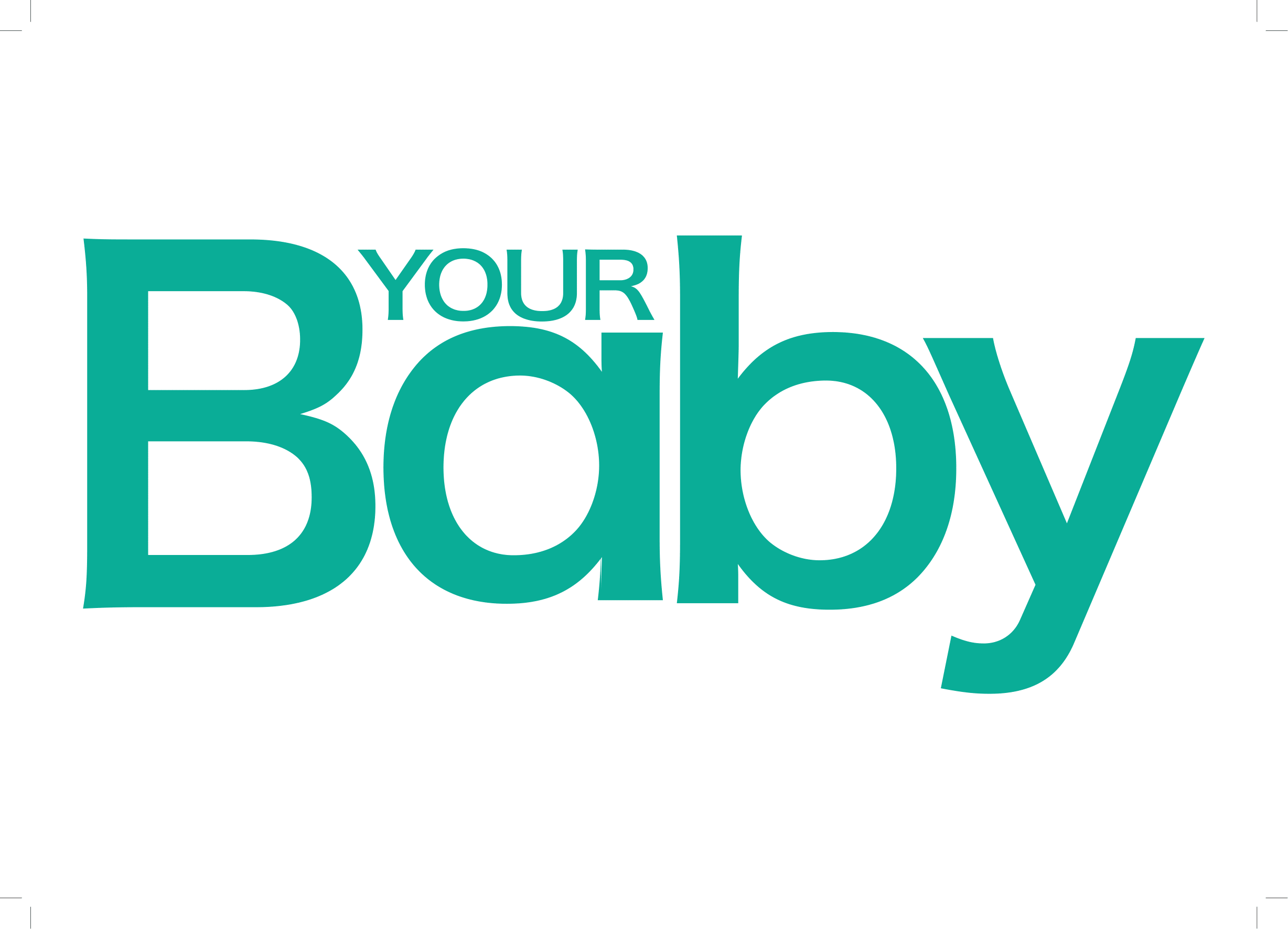All about belly buttons
In the very early weeks of pregnancy when the embryo develops rapidly, this gap is very large and allows the intestines to develop mostly outside the body. Before the end of the first trimester, the intestines have moved back inside the abdominal cavity and the abdominal muscles grow together to close the gap. Once your baby is born and the umbilical cord is clamped, a tiny stump is left still attached to your baby. When that dries up and falls off a few weeks after birth it usually leaves a scar, which we call a belly button or navel. Innies and outies
Sometimes the scar pokes out from the stomach, resulting in an “outie” or convex belly button, other times it is concave, resulting in an “innie.” The shape of a baby’s belly button is determined by how the umbilical cord was attached, not where it was cut. Umbilical hernias
Some people believe outies are caused by umbilical hernias. A hernia is a small circular defect in the baby’s abdominal wall, which can make the belly button protrude. But while an umbilical hernia expands outwards when the baby cries or strains, an ordinary outie navel doesn’t. Around 10% to 30% of babies are born with umbilical hernias, but more than 95% of these will close by the age of 5 years. More than 90% will close by the age of 3 years. The size of an umbilical hernia is determined by measuring the opening in the abdominal muscle, not by the amount of skin protruding. Umbilical hernias rarely cause serious problems in childhood and are usually left alone to close naturally. Strapping the hernia doesn’t speed up the closure and can cause infection and skin irritation. Cord care
- After your baby is born, the umbilical cord will be clamped and cut, leaving a couple of centimetres with the plastic clamp attached. Your midwife or maternity clinic sister will show you how to care for it by keeping the nappy below the cord (fold the top of the nappy down) and allowing the stump to dry out
- It’s quite safe to bath your baby while the cord stump is still attached, but make sure you dry the area well, then wipe around the stump with cotton wool moistened with surgical spirits. There are also homeopathic preparations that you can use on the cord.
- Clean the cord at every nappy change.
- The cord clamp will be removed on the third day and the cord stump should drop off within 7-10 days.
- Occasionally the cord stump becomes infected. If there is a strong smell, discharge, or if it looks red or swollen, tell your midwife or doctor.
Did you know?
There are no nerves in the umbilical cord, only blood vessels, which are covered by a thick substance known as Wharton’s Jelly. On record, there are cords as short as 0cm and as long as 104cm.
We live in a world where facts and fiction get blurred
Who we choose to trust can have a profound impact on our lives. Join thousands of devoted South Africans who look to News24 to bring them news they can trust every day. As we celebrate 25 years, become a News24 subscriber as we strive to keep you informed, inspired and empowered.




 Publications
Publications
 Partners
Partners










